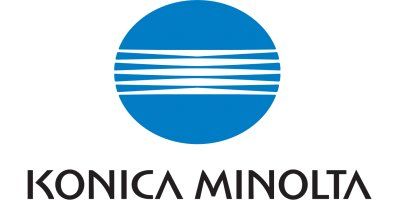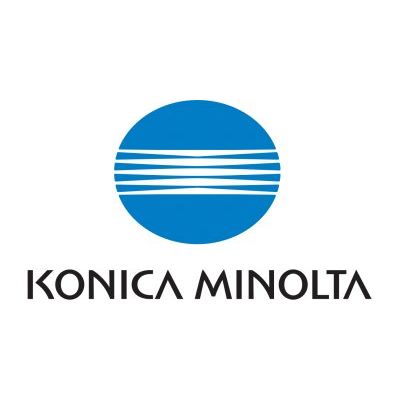

- Home
- Companies
- Konica Minolta Sensing
- Applications
- Crop Monitoring System for Agriculture ...

Crop Monitoring System for Agriculture - Agriculture
Data-driven decisions for optimized crop management for plant research and agriculture practices. Why crop monitoring is important? Crop monitoring plays a crucial role in modern agriculture as it empowers plant researchers and agricultural producers with critical insights necessary for a productive and sustainable production. It facilitates proactive and targeted interventions, leading to improved conditions, optimized resource utilisation, increased crop production, and enhanced farm profitability.
Conventional crop monitoring techniques involve manual observations and measurement by agricultural experts, usually done by visual inspection, field sampling, soil sampling, pest and disease scouting, weather monitoring, and harvest estimation. Although widely used, they can be time-consuming, labour-intensive, subjective, prone to errors, and destructive to the sampled vegetation. They may not provide real-time or comprehensive information about composition and growth, leading to suboptimal decision-making and potential yield losses. That is why there is a growing interest in adopting advanced technologies and precision agriculture approaches like satellite technology, remote sensing techniques and hyperspectral imaging (HSI) for more accurate and efficient reports.
How can smart farming solutions help with real-time crop condition analysis?
With conventional crop monitoring systems, agriculture experts can face the following problems:
- Subjective visual inspection assessing plant constitution, growth, nutrient deficiencies and the presence of pests or diseases which become visible once the disease has spread. With precision crop monitoring, early detection of stresses can be implemented. Identifying them at an early stage enables timely intervention and treatment, minimizing the potential damage to the vegetation.
- Invasive field and soil sampling, which can be prevented thanks to a non-destructive measurement of plant. Field and soil sampling is also time-consuming as the samples need to be sent to laboratories. A non-destructive measurement solution provides real-time data visible on the spot for identification of different materials and defining properties.
High-precision crop growth monitoring systems with hyperspectral imaging (HSI) can assist agricultural experts with accurate classification and mapping, advanced reporting of the chemical footprint of the crop, highly accurate detection of diseases and pests, and therefore, making the right decision in risk management.
HSI will capture the spectral pattern “spectral signature” of absorption and reflection peculiar of crops such as wheat, rice, corn, cotton, etc. It will provide rapid spectral and spatial information from a broad range of electromagnetic spectrum non-invasively.
- Spectral signature reveals info like composition, chemical properties, colour, etc.
- Healthy plant VS. disease infected plants will have different spectral signature due to their physiological characteristics.
With innovative camera like Specim IQ, HSI became more affordable and easier to use (like a digital camera) with its own data management software.
- Data-driven decisions for optimized crop conditions
- Understand and enhance plant development
- Monitor crop production in quantity and with higher quality
- Prevent diseases widespread and mitigate impact on production
- Fulfil growing demand for good quality food
- Crop health survey and nutrient analysis through their spectral characteristics. By detecting subtle changes in plant physiology, farmers can address potential consequences early, optimising crop yields, adjust fertilization strategies, and therefore, reducing the need for broad-spectrum pesticides to minimize the agricultural impact on the environment.
- Early disease detection by analysing the unique spectral signatures of diseased plants. Farmers can identify and target specific areas affected by diseases, allowing for targeted treatments, and reducing the spread of infections.
- Precision agriculture such as variable rate application of fertilizers or pesticides, with detailed information about spatial variations within a field. This approach optimizes resource allocation, reduces input costs, and enhances sustainability.
